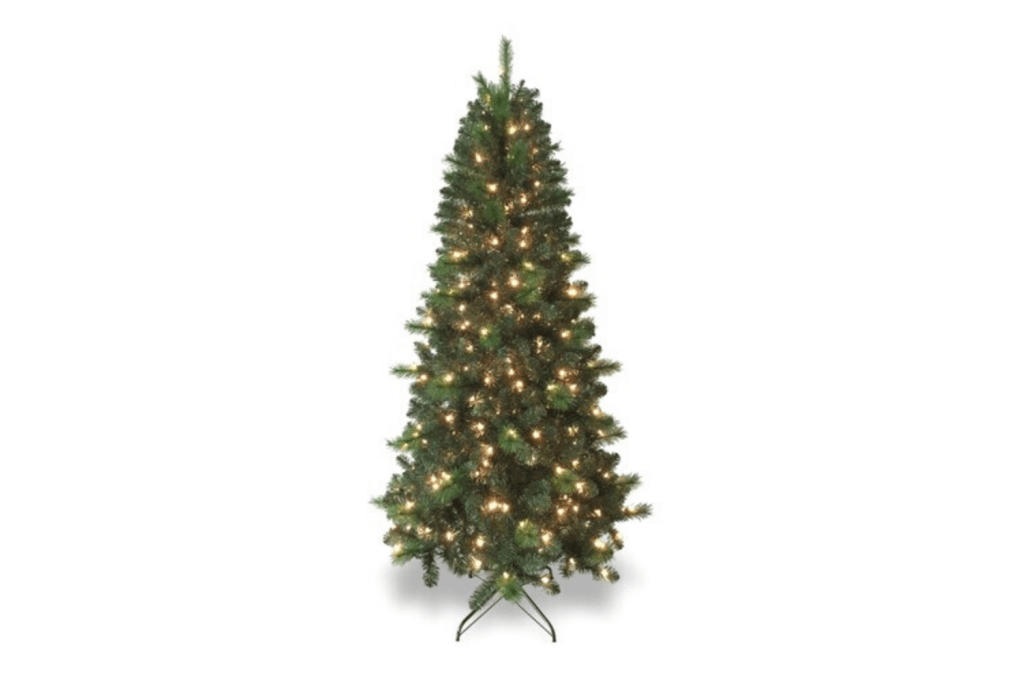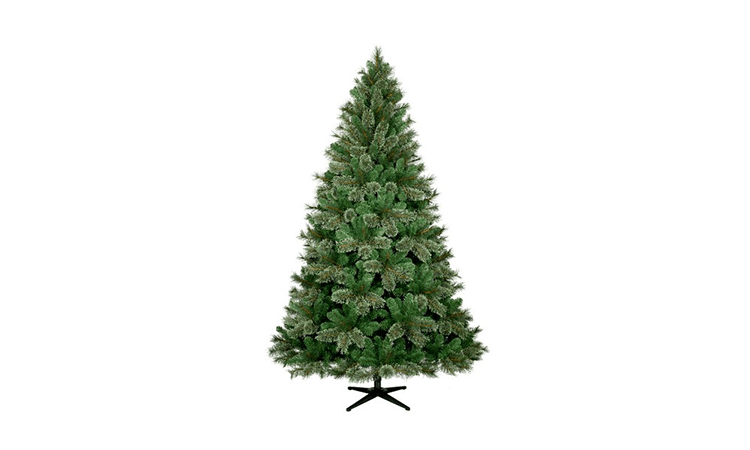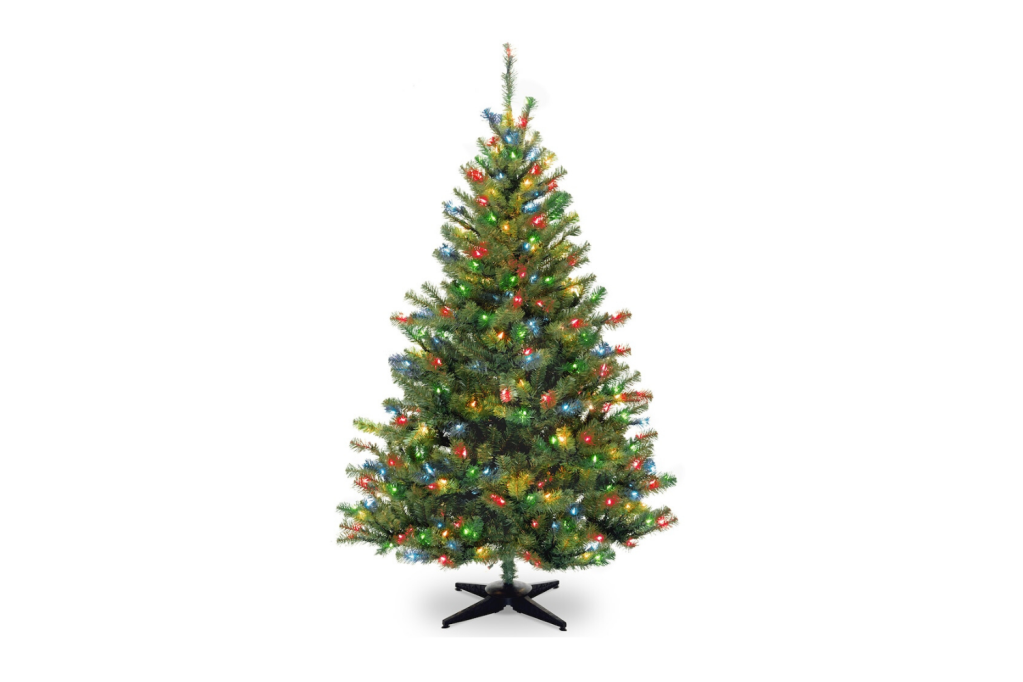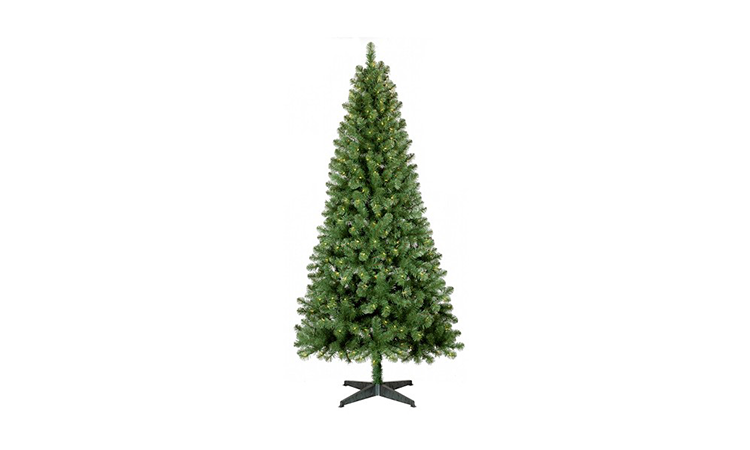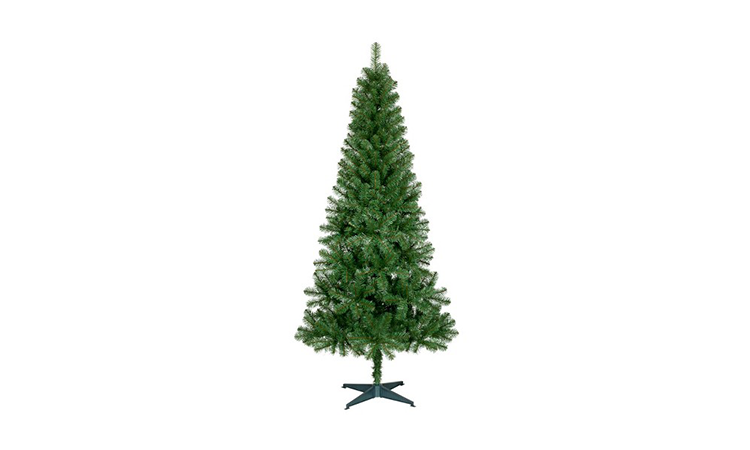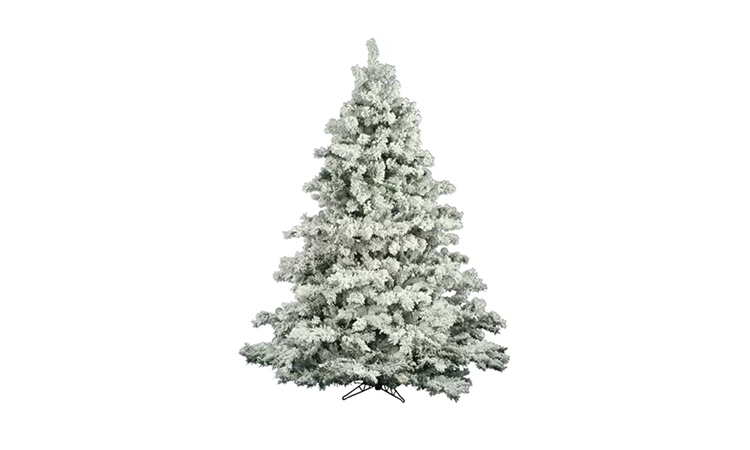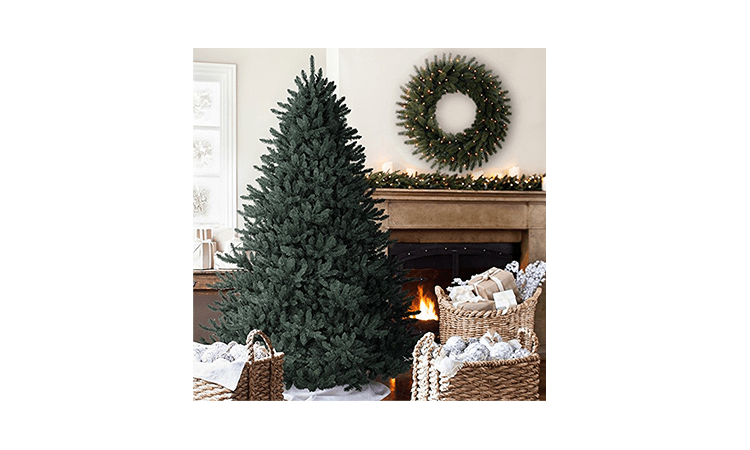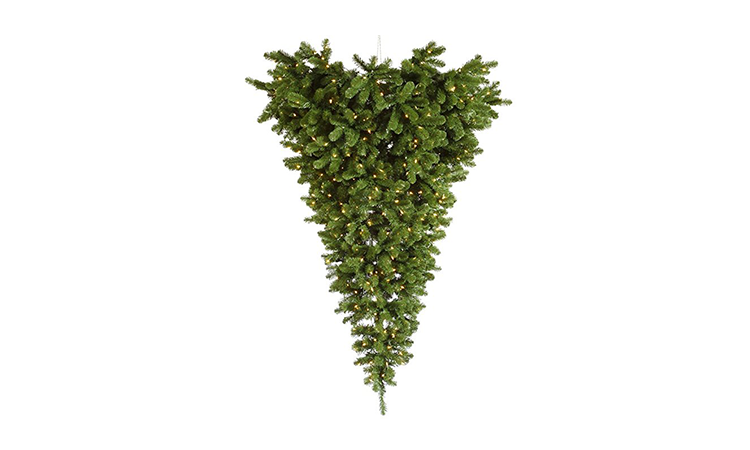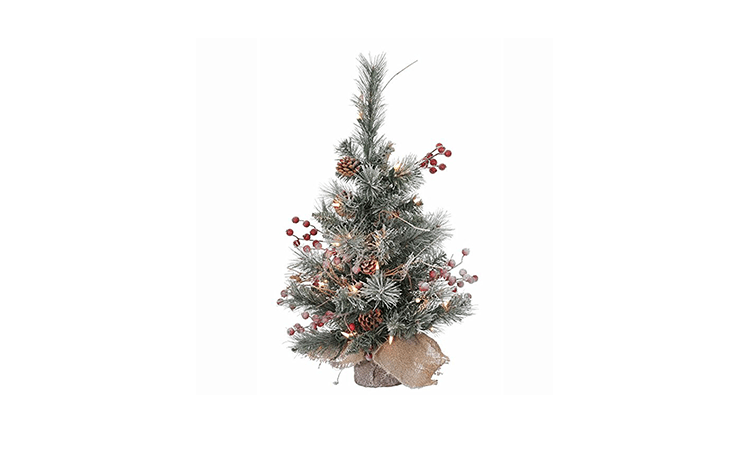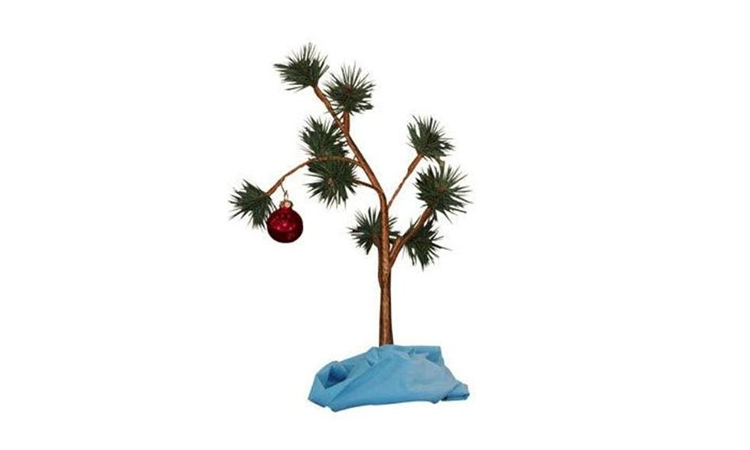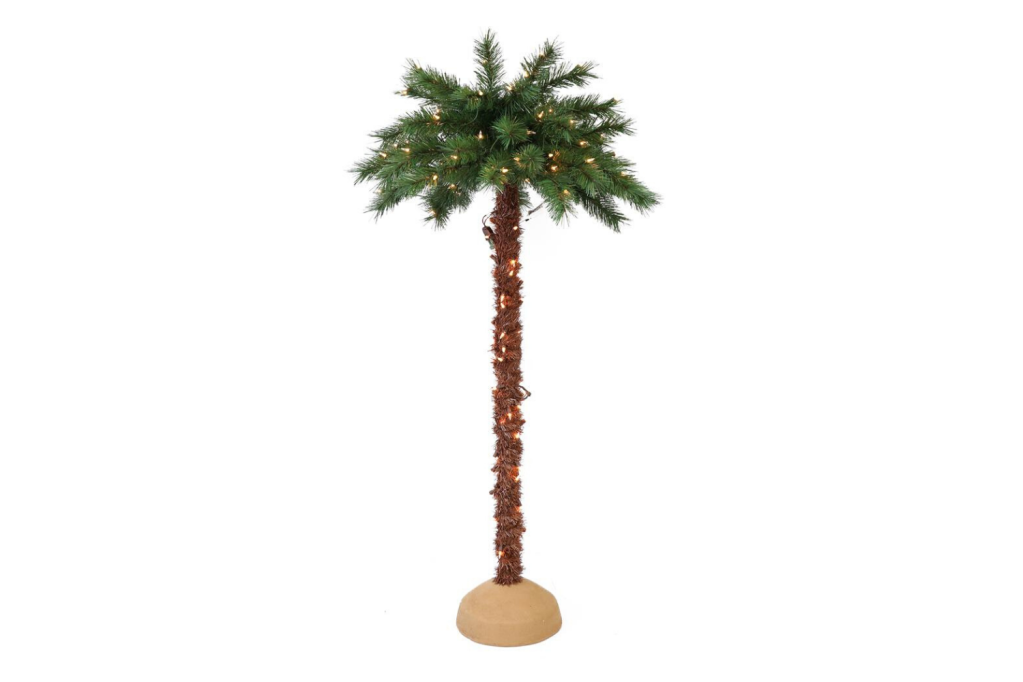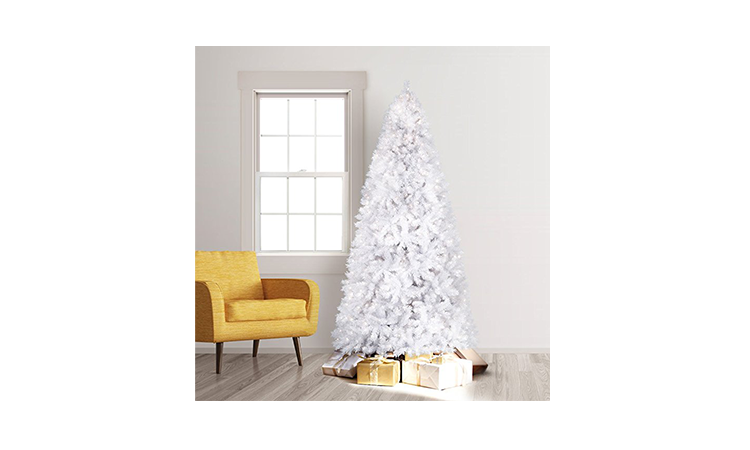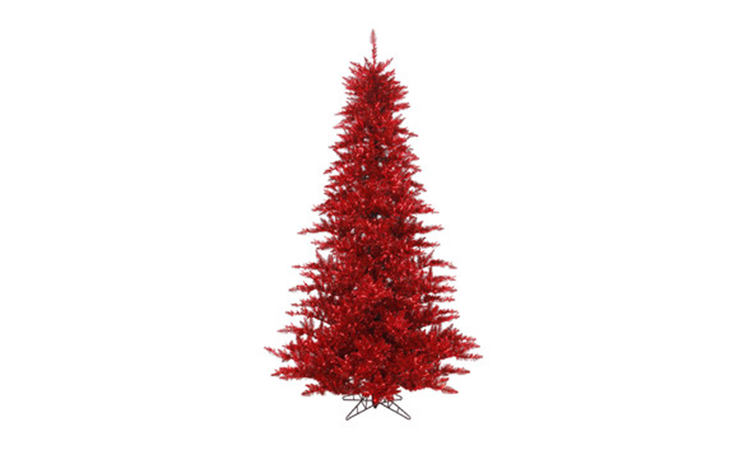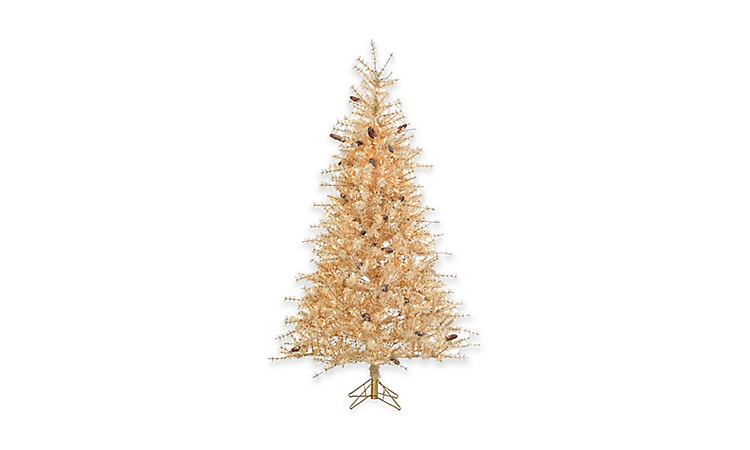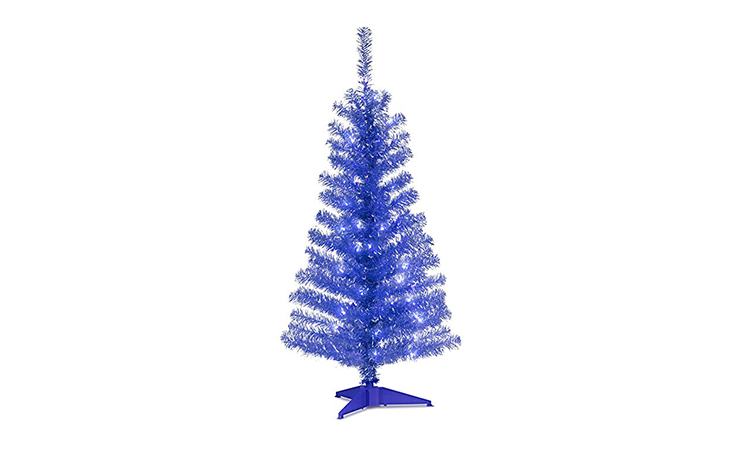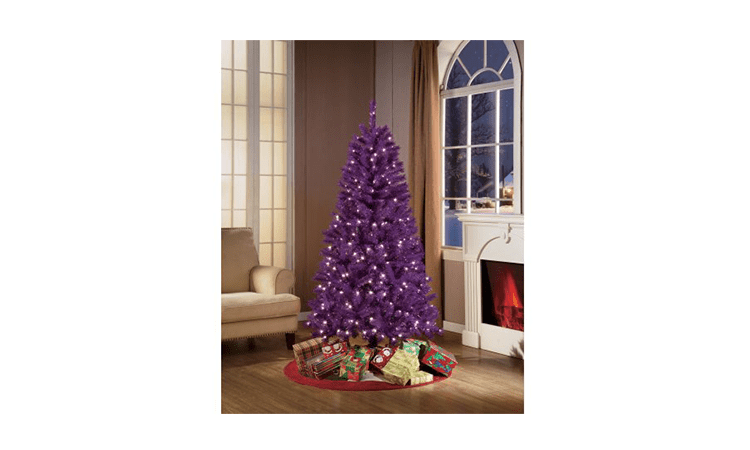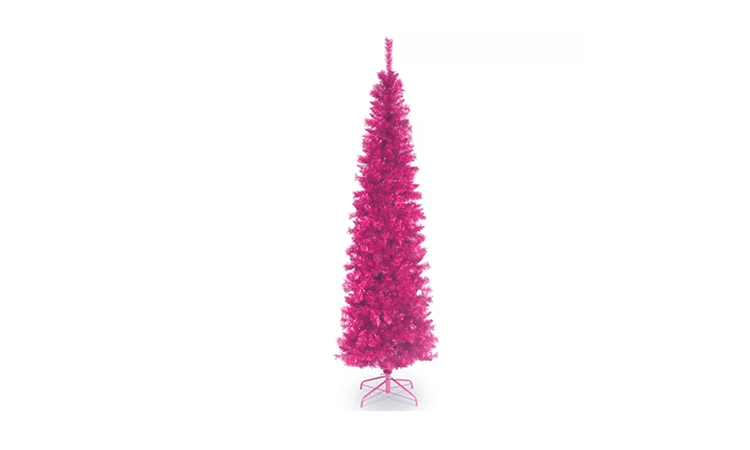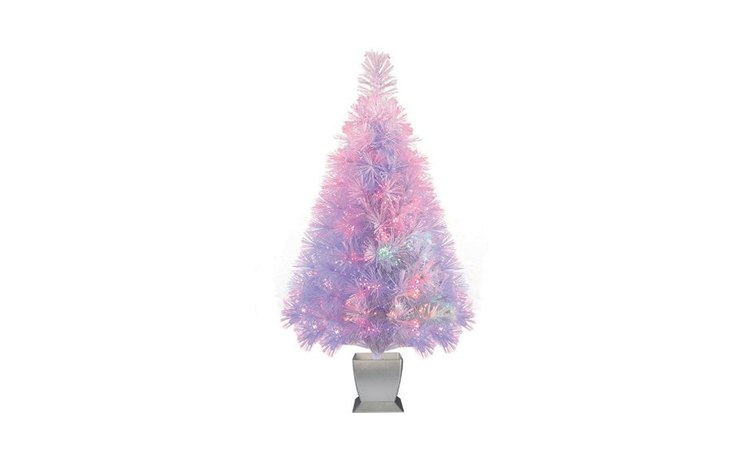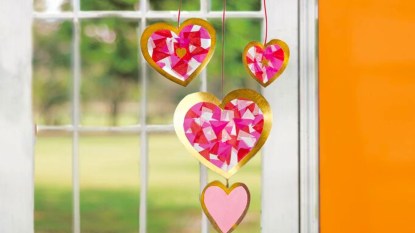18 Artificial Christmas Trees That Will Really Bring the Cheer
Christmas will be here sooner than you think, and if you’re one that’s yet to put your Christmas tree up, you’ve probably at least begun to think about it. If the thought of struggling to get a real tree into your living room only to have it shed its needles all over your carpet is making you cringe, it might be time to consider one of the best artificial Christmas trees. Artificial Christmas trees, be they prelit or plain, are a convenient way to incorporate holiday cheer in your home without having to scour a tree farm for one that will fit in your space with no bare spots. Keep reading to find out more about them and where to find them.
What are the origins of artificial Christmas trees?
The rumors surrounding these faux trees claim that they hail all the way from Germany. The very first models were reportedly produced in the 16th century and made using goose feathers that were dyed green and attached to wire branches.
These days, most models are made from plastic, though you can buy them with realistic bark trunks and pine cone dotted branches. Talk about progress for the home!
Real vs. Artificial Trees
Generally, there are two groups of people when it comes to these festive evergreens: Those who prefer the real deal and those who are pro faux. The branches aren’t always greener on the other side, however. There are pros and cons with each decision. Below, find a few key points to know when considering which type is right for you.
Real Trees: The best part about having a real tree can be summed by one thing: the smell. There’s nothing that beats the scent of a fresh pine tree in your living room. There’s also something about the look of a real tree that adds a classic Christmas element. However, real trees can be a pain when it comes to upkeep, with watering and vacuuming up pine needles a new daily chore you may not want to take on around the hectic holiday season.
Artificial Trees: There are many benefits to having an artificial tree. From their cost-effective reusability and easy-to-store design to their lack of bare spots and falling pine needles, there are plenty of reasons why many people opt to spring for these trees over real ones. The greatest aspect of artificial trees, however, is that these Christmas staples aid in the fight against deforestation.
Best Type of Artificial Tree
If you’ve made the decision to go artificial, you may be surprised to find that these trees come in more than just the classic evergreen color. In fact, it might be harder to list the colors they don’t come in! We love the idea of swapping out your traditional green model for a silver tinsel one, for instance. If your home is minimalistic, a white artificial Christmas tree with monochromatic ornaments may be a good call. As for size, they range from small 2-feet tabletop versions to enormous picks that come in well over 7-feet, making it easy to find an artificial tree that’s the perfect size for your space.
Just like real trees, there are also many different types of artificial green trees on the market, many of which are designed to mimic those found in nature. Available in spruce, fir, and pine varieties, your tree will look so realistic, no one will be any wiser that it came from a box! To take it over the top, simply add some evergreen scent sticks ($7.99, Amazon) for a scent that mimics the real thing.
Best Artificial Christmas Trees
There’s a lot to love about artificial Christmas trees. Choose the right one, you’ll have a festive, quality product for years to come. Keep scrolling for Woman’s World’s picks for the best artificial Christmas trees around.
We write about products we think our readers will like. If you buy them, we get a small share of the revenue from the supplier.


